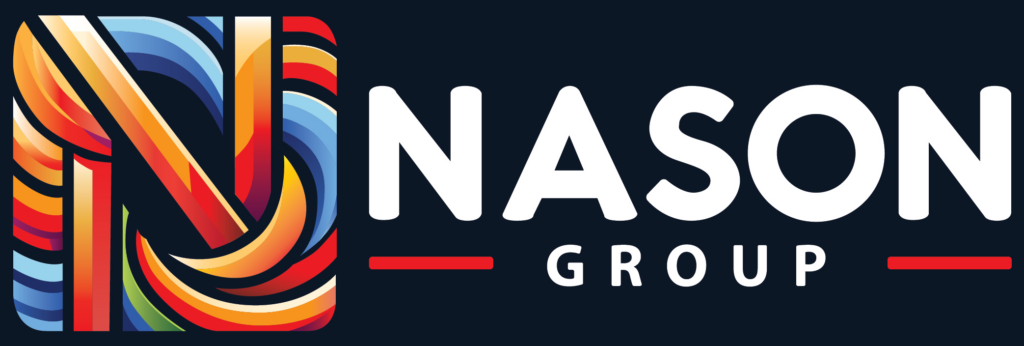Don’t think outside the (check box). Blow it up.
U.S. companies spend $8 billion a year on diversity and inclusion initiatives–with squat to show for it. Consider the equivalent spending for a U.S. company’s R&D budget: Eight billion dollars puts you in the top 20 of all corporate innovation spending. That’s equal to Ford’s annual budget, and more than Pfizer, Facebook, General Motors, and Honda.
Can you imagine a chief innovation officer spending that kind of coin with no returns?
Speaking of innovation, check out these numbers from an AIGA census of designers and a report from the Technology and Innovation Foundation:
- Only 11% of designers were Black/African American (3%) or Latino/Hispanic (8%)
- 61% of designers are female, but they comprise only 11 % of leadership roles
- 15% of designers identified as LGBTQIA+
- Nearly 80% of US-born innovators are white males
- White females represent just 12% of US-born innovators
- African Americans are 13% of the US population but .05% of US-born innovators
Diverse voices enable us to design bigger, better ideas representing the customer. A variety of contributors improve the bottom line, too. According to a BCG study, companies with a more diverse workforce reported innovation revenue that was 19% higher than other companies.
So why do companies focus on looking good by bragging on their metrics instead of being good by doing the right thing to get to better results?
It’s time to call bullsh*t on organizations spending billions of dollars to cover their a$$es. It’s time to call bullsh*t on checking the boxes to attempt real diversity and inclusion. It’s past time to include new voices in the conversation.
And it’s about damn time to blow this sh*t up and start over.
But first, we must ask ourselves, where did we go wrong?
After the Civil Rights Act in the 1960s, companies were anxious to show they were making efforts to bring equality to the workplace. But the focus was on butts in seats, not voices in the boardroom or conference room.
The leaders who created those checklists meant well, but the thing about checklists is that they provide safety, not change.
The Checklist Manifesto, which calls for using checklists to optimize procedures in various fields, describes three main ideas related to their use:
- They protect against failure.
- They establish a quality standard of baseline performance.
- They assist our efforts. If they don’t support our work, they’re useless.
And the corporate world is stuck on point #1: Using checklists to protect us from failure and keep us safe.
In the case of diversity and inclusion, the checklist is the failure. It’s “safe,” because it enables leaders to avoid meaningful, uncomfortable change. But it’s still a failure. The checklist was only an aid. It shouldn’t have been the process itself.
Yet, how do we measure humanity? How do we find a way to true diversity and inclusion?
We need to start over with the why.
We fell in love with check boxes as a solution for solving the lack of diversity in the workplace. It’s hard to prove that it works, but it also is challenging to show that it doesn’t work unless you understand the problem it seeks to solve.
On the journey to justice for all, we lost the why, and we lost our way.
Columbia University president Lee Bollinger, who was president at the University of Michigan when white students claimed reverse discrimination in two lawsuits, describes the problem like this: “We’re deprived of the context that gave it a sense of mission. Every college leader is told, ‘Do not refer to history.’”
The death of George Floyd, and the subsequent protests to bring attention to discrimination against African Americans throughout the United States, forces us to refer back to history. What made us unequal in the first place?
The uncomfortable conversations happening now might scare some of us, but they can also challenge us: How can we serve as a catalyst to meaningful change and elevate the voices of the unheard?
At MOFI, we want to challenge you. Are you part of the solution, or are you still checking boxes? We created a new Catalyst Paper for download to encourage reflection and conversation. We’d love for you to read it and then challenge us with what you think.
Authentic conversations can elicit meaningful change. Let’s do this.
